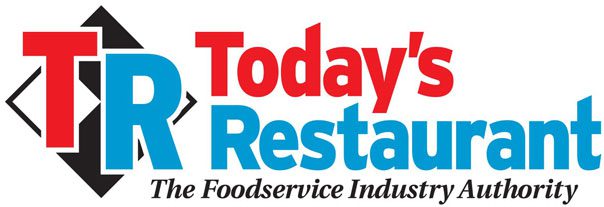
Essential Tactics to Control Restaurant Labor Cost
By David Scott Peters
Do you often find yourself feeling financially drained as your team’s overtime hours accumulate on the proverbial time clock? Are you eager to take a bite out of these costs and boost your restaurant’s profitability? If you answered yes to these questions, you’re in the right place. Here are seven essential tactics to effectively control labor costs and start making the money you deserve.
Labor cost is not your biggest expense
Before diving into the tactics, let’s challenge a common belief. While many consider labor costs the biggest expense in a restaurant, it might be surprising to learn that, in reality, an empty chair takes the top spot. The logic is simple — when your restaurant is empty, you’re losing money on rent, utilities, inventory and more. However, once you have customers, labor cost becomes a significant factor in your overall expenses.
Seven essential tactics to control restaurant labor cost
- Understand FTE (Full-Time Equivalence): Ensure you have the right number of team members to cover your schedule. Aim for two FTEs more than you think you need to account for time off, vacations and turnover.
- Train managers in scheduling practices: Implement and train managers in scheduling practices that eliminate common mistakes, reducing inefficiencies and unnecessary costs.
- Add cross training to your systems: Incorporate cross training into your system to make your team more versatile. Servers can cross train as hosts, bussers as dishwashers and barbacks as bartenders, creating a well-rounded staff.
- Implement and maintain an operating budget: Create and maintain an operating budget, focusing on prime cost (total cost of goods sold plus total labor costs). This proactive system provides a roadmap for success.
- Hold managers accountable to the labor budget: Recognize that your labor cost target will vary each month based on seasons and staffing needs. Ensure your managers are trained and accountable to the labor budget.
- Understand your numbers and calculate labor efficiencies: Know how to calculate labor efficiencies by setting up stations properly, implementing training and prep systems and making strategic adjustments while staying true to your core values.
- Track labor like a pro: Monitor labor costs daily, not just by percentage but also by hours. Compare originally scheduled hours and forecasted sales with actual sales and hours worked to identify areas for improvement.
Don’t let labor cost derail your restaurant’s future
By mastering these seven tactics, you can take control of your restaurant’s labor cost and pave the way for increased profitability. If you’re eager to delve deeper into these strategies and gain access to a wealth of resources, consider learning more about my coaching program that can provide you with the guidance and support you need. Visit my website and opt in today to learn more.
David Scott Peters is an author, restaurant coach and speaker who coaches restaurant operators how to stop being prisoners of their businesses and to finally financial freedom. His first book, Restaurant Prosperity Formula: What Successful Restaurateurs Do, teaches the systems and traits restaurant owners must develop to run a profitable restaurant. Thousands of restaurants have worked with Peters to transform their businesses. Get his three principles to restaurant success at http://www.davidscottpeters.com.
To read more great articles,visit www.trn.com/blog





Recent Comments